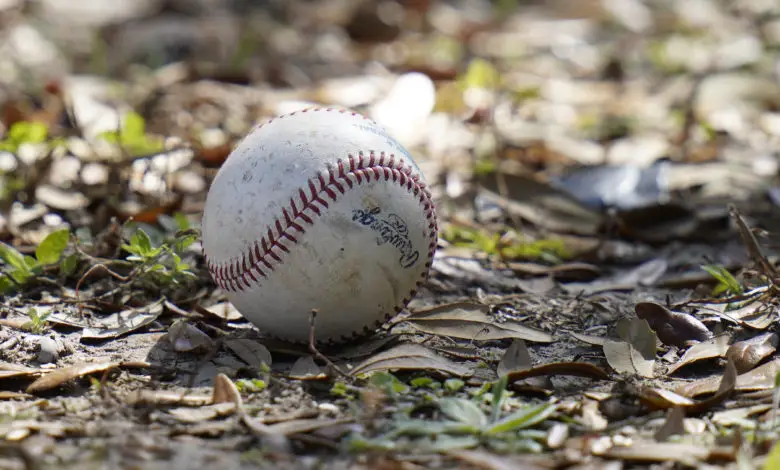
Ignoring Pace of Play Changes During Negotiations Could Prove Costly
Amidst all the acrimony of MLB’s announcement that the 2022 MLB season will not start on time, I feel one important detail has been overlooked. Pace of play rule changes have not even been discussed, let alone agreed upon. Yet pace of play is one of the most relevant issue to many fans, and certainly myself. Yes, I support the union over ownership. But in the end, who gets the money really does not affect me.
Game pace does.
Over the past few seasons, MLB games felt interminable. I watch fewer games than ever before, despite them being more accessible thanks to MLB.tv. This collective bargaining session should have been a time to discuss how each side felt about the spate of experimental rules that have been used over the past few seasons, and designing new rules to reduce game length by 30 minutes or more.
Instead, the owners’ decision to unnecessarily delay negotiations by six weeks, followed by intransigence on financial matters, meant there precious little time for other matters. Reports held that rules regarding a pitch clock and other matters were thrown in at the last second with little or no discussion. That isn’t likely to change in future negotiations, with ownership possibly attempting to unilaterally enforce rules changes in conflict with the point of a CBA.
Back in 2017, Grant Brisbee meticulously documented how 80% of game time increase is due solely to the growing delay between pitches. Seriously, read the article. Reducing this dead time between pitches does not reduce team revenues because every game would still have nine mid-inning commercial breaks, plus a few more for pitching changes. But reducing the overall length of games will generate new fans and new revenue.
You would think ownership would want to make growing the pie a centerpiece of negotiations, rather than squabbling about getting an extra slice. But no…nothing is being discussed. That may be the saddest part of this whole tragedy.

